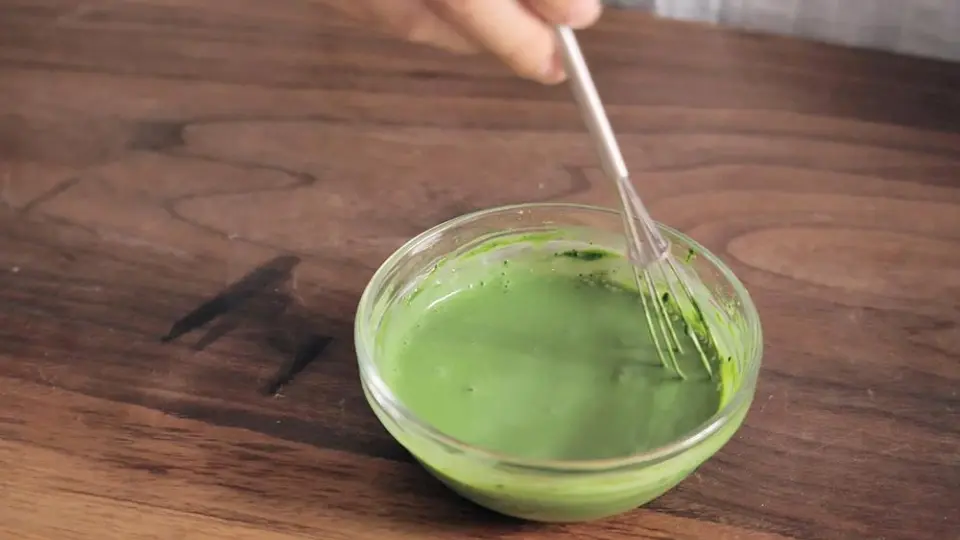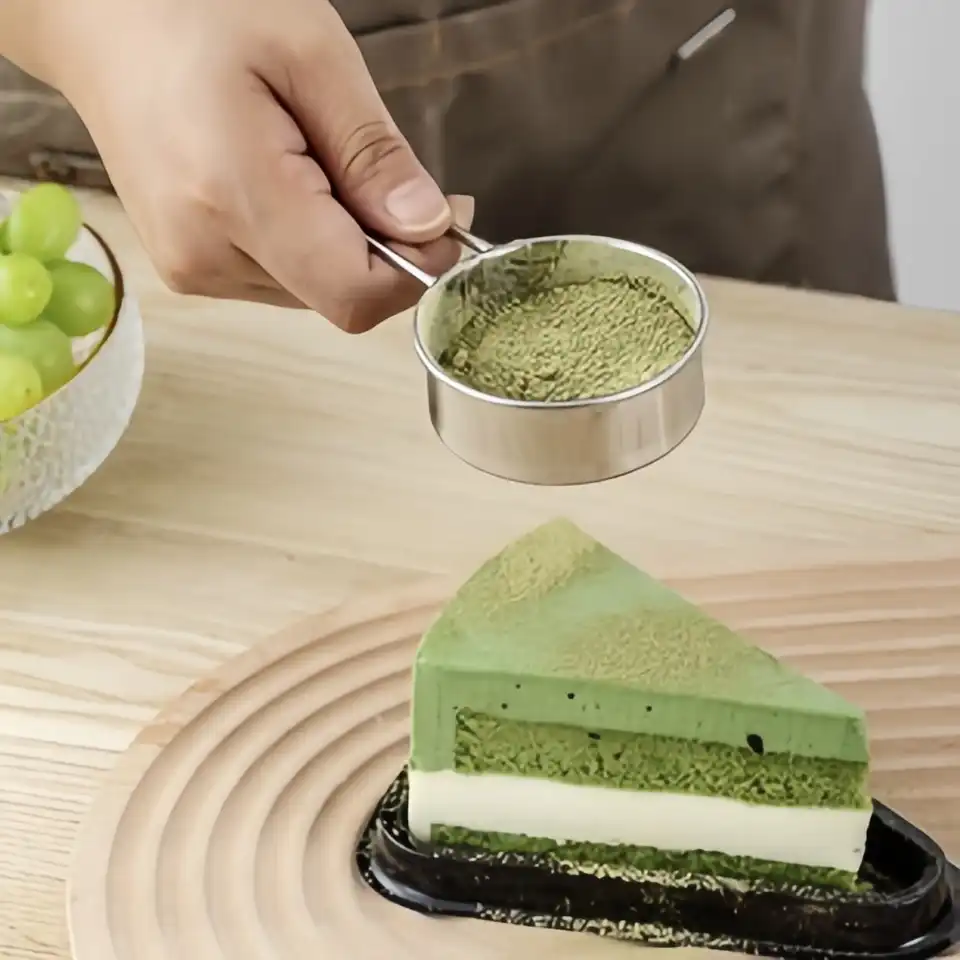Superior Processing Methods
The prevention of bitterness in high quality matcha powder begins with its production process. This premium grade matcha is made from the youngest, most tender tea leaves, which are carefully shade-grown to boost chlorophyll content and reduce astringency. The leaves are then meticulously processed, with stems and veins removed before being stone-ground into an ultra-fine powder. This careful processing preserves the tea's natural sweetness and umami flavors while minimizing bitter compounds.
Balanced Catechin Content
Catechins, a type of polyphenol found in green tea, can contribute to bitterness when present in high concentrations. AAA grade matcha powder typically has a more balanced catechin profile compared to lower-grade matcha or regular green tea powder. This balance allows for the desirable flavors to shine through without overwhelming the palate with bitterness, making it ideal for use in sweet baked goods.
Optimal Particle Size
The extremely fine particle size of AAA grade matcha powder plays a crucial role in preventing bitterness in baked goods. The smaller particles dissolve more readily and distribute more evenly throughout the batter or dough. This even distribution ensures that the matcha flavor is well-integrated without creating pockets of concentrated powder that could lead to bitter spots in your cakes or cookies.
Complementary Flavor Pairings
When using AAA grade matcha powder in baking, its natural sweetness and umami notes can be further enhanced by pairing it with complementary flavors. Ingredients like vanilla, almond, or white chocolate can help to round out the matcha flavor profile and further mitigate any potential bitterness. These pairings create a harmonious taste experience in your baked goods, allowing the complex flavors of the matcha to shine without overwhelming the palate.

Conclusion
In conclusion, incorporating matcha powder into your baking repertoire can truly elevate your creations to new heights. Its superior quality, vibrant color, and rich flavor profile make it an exceptional ingredient for a wide range of baked goods.
Are you ready to embark on your matcha baking adventure? Laicuherb, with its century-old heritage and commitment to quality, offers premium AAA grade matcha powder that's perfect for your culinary creations.
References
1. Johnson, E. (2022). The Art of Matcha: From Tea Ceremony to Modern Cuisine. Culinary Press.
2. Smith, A. et al. (2021). Comparative Analysis of Antioxidant Properties in Various Grades of Matcha Powder. Journal of Food Science and Nutrition, 56(3), 245-258.
3. Lee, S. (2023). Matcha Magic: Innovative Baking Techniques with Green Tea Powder. Pastry Arts Magazine, 12(2), 34-41.
4. Chen, H. & Wong, M. (2022). The Impact of Processing Methods on Flavor Compounds in Matcha. Food Chemistry, 375, 131721.
5. Tanaka, Y. et al. (2021). Consumer Perception and Sensory Evaluation of Matcha-Infused Baked Goods. International Journal of Gastronomy and Food Science, 23, 100305.
6. Brown, R. (2023). Matcha Mastery: Unlocking the Potential of Green Tea in Modern Baking. Bakers Journal, 45(4), 72-79.
7. Department of Human Nutrition and Metabolomics, Pomeranian Medical University & Institute of Biology, University of Szczecin(2020). Antioxidant Properties and Nutritional Composition of Matcha Green Tea. 9(4):483
About the Author

The core content team at Laicuherb is a collective of experts, including health professionals, consultants in Traditional Chinese Medicine, and experienced content strategists. Some articles are authored by our brand's founders or R&D scientists. Our team has deep expertise in herbal health, integrating the wisdom of traditional medicine, modern nutrition, and women's health research to transform ancient wellness principles into practical, accessible content for everyday life.








